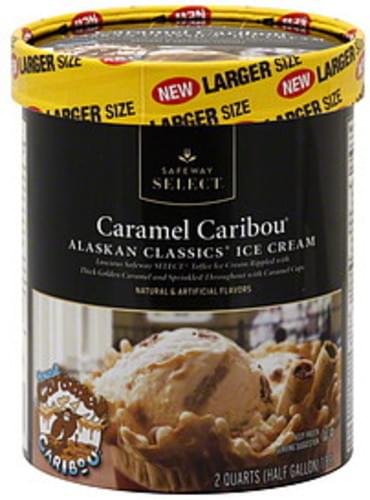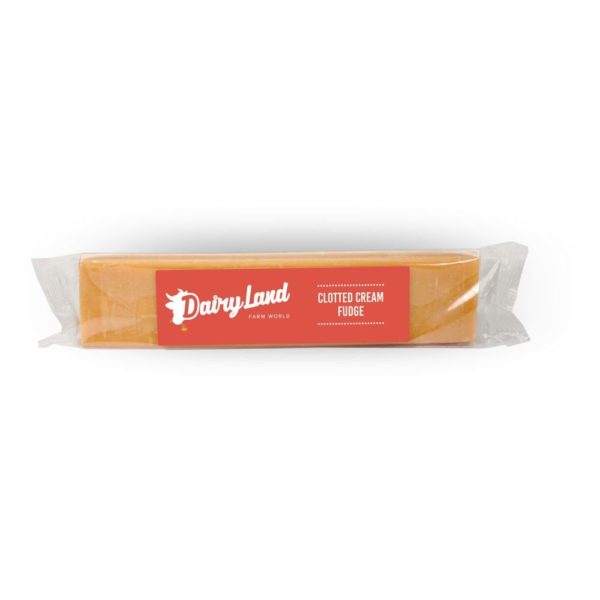

There is evidence that the monks of Tavistock Abbey were making clotted cream in the early 14th century. It has long been disputed whether clotted cream originated in Devon or Cornwall, and which county makes it the best. A 'Cow Man' weighs milk at Dartington, 1942 Similar functions are ascribed to the linhay (or 'linney') stone-built form, often used as a dairy in later medieval longhouses in the same regions. 'fuggy-hole'), or souterrains, found across Atlantic Britain, France, and Ireland as a possible form of "cold store" for dairy production of milk, cream, and cheese in particular. More recently, regional archaeologists have associated the stone fogou (dial. A similar clotted cream known as 'urum' ( өрөм) is also made in Mongolia.Ĭontemporary ancient food experts, noting Strabo's commentaries on Britain have proposed that the early Britons would probably have clotted cream to preserve its freshness. It is similar to kaymak (or kajmak), a Near Eastern delicacy that is made throughout the Middle East, southeast Europe, Iran, Afghanistan, India, and Turkey. The Oxford Companion to Food follows traditional folklore by suggesting it may have been introduced to Cornwall by Phoenician traders in search of tin. While there is no doubt of its strong and long association with Cornwall and Devon, it is not clear how ancient its origins are.

Originally made by farmers to reduce the amount of waste from their milk, clotted cream has become so deep-rooted in the culture of southwest Britain that it is embedded as part of the region's tourist attraction. Īccording to the UK Food Standards Agency, clotted cream provides 586 kilocalories (2,450 kJ) per 100 grams (3.5 oz). For comparison, the fat content of single cream is only 18 percent. It is a thick cream, with a very high fat content (a minimum of 55 percent, but an average of 64 percent). William Barry Peacock, Manchester, 1853 Ĭlotted cream has been described as having a "nutty, cooked milk" flavour, and a "rich sweet flavour" with a texture that is grainy, sometimes with oily globules on the crusted surface. "An eulogy on a can of cream sent from a lady in Exeter". "Its orient tinge, like spring-time morn,Īs your melt-in-mouthy Devonshire cream." It is recognised as a geographical indication in Georgia, Iceland, Moldova, Montenegro, Norway, Serbia, Switzerland, and Ukraine. Following Brexit, the PDO was also registered under UK law. The designation can be used if the production follows certain requirements, from milk produced in Cornwall and the cream has a minimum fat content of 55%. In 1998, "Cornish clotted cream" was registered as a Protected Designation of Origin (PDO) under European Union law. The largest commercial producer in the United Kingdom is Rodda's at Scorrier, near Redruth, Cornwall, which can produce up to 25 tons of clotted cream a day. It forms an essential part of a cream tea.Īlthough its origin is uncertain, the cream is associated with dairy farms in South West England and in particular the counties of Devon and Cornwall. During this time, the cream content rises to the surface and forms "clots" or "clouts", hence the name. I've found it at Whole Foods and Trader Joe's, for example.Clotted cream ( Cornish: dehen molys, sometimes called scalded, clouted, Devonshire or Cornish cream) is a thick cream made by heating full-cream cow's milk using steam or a water bath and then leaving it in shallow pans to cool slowly.

It's best to use non-ultra-pasteurized heavy cream when making this homemade clotted cream recipe. If you use ultra pasteurized cream in a clotted cream recipe, it won't.uhm.clot (that is, the cream won't separate from the whey). This kills virtually all of the harmful bacteria in the cream, and its shelf life is longer than normal pasteurized cream. What is the difference between pasteurized and ultra pasteurized cream? The main difference is ultra pasteurized cream is heated to 280☏ for a minimum 2 seconds. You might see that the heavy cream in the dairy case is ultra pasteurized. This is done to kill most of the harmful bacteria in the cream and increase its shelf life. The closest thing to raw cream is pasteurized cream, that is, cream that's been heated to 167˚F for 15 seconds, then chilled.

Traditionally, clotted cream is made with unpasteurized cream, but that's illegal to sell in the US. Heavy cream is cream that has a high fat content, usually above 36%. You just need one ingredient (heavy cream) and time. As it turns out, making homemade clotted cream is surprisingly easy.


 0 kommentar(er)
0 kommentar(er)
